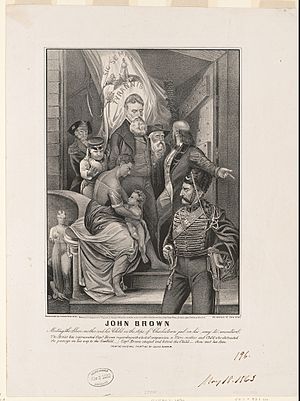Children of the plantation facts for kids

The phrase "children of the plantation" describes children born during the time of slavery in the United States. These children had African American mothers who were enslaved, and European fathers. Often, the fathers were the slave owners, their family members, or the plantation overseer. These children were usually considered property of the slave owner. They often faced the same harsh treatment as other enslaved people on the plantation. Many were born into slavery and had no legal rights. This was because they were not seen as the legal children of their fathers. This practice was a form of abuse and exploitation. The European men who fathered these children often used their power over the enslaved women. The suffering these children and their mothers went through still affects the African American community today.
Children born to plantation owners and enslaved women were born into slavery. This was due to a legal rule called partus sequitur ventrem. This rule meant that a child's status (enslaved or free) followed the mother's status. If the mother was enslaved, the child was also enslaved. These children were often called mulattoes, a term used for people of mixed race. The one-drop rule meant that even a small amount of African ancestry prevented them from being part of white society. Some fathers treated these children well. They sometimes offered education or job chances, or even freed them. Examples include Archibald and Francis Grimké, and Thomas Jefferson's children with Sally Hemings. However, other fathers treated their mixed-race children as property. For example, Alexander Scott Withers sold two of his own children to slave traders.
Stories of Mixed-Race Families
Many stories help us understand the lives of "children of the plantation."
Famous Books and Movies
- Alex Haley's Queen: The Story of an American Family (1993) is a historical novel. It was later made into a movie. This story helped many people learn about the "children of the plantation."
- Edward Ball's Slaves in the Family (1998) was written by a white descendant of slave owners. It explores the complex history of these families.
- Toni Morrison wrote about how enslaved women were used. She called it droit du seigneur, meaning the "right of the lord." This term came from old European feudal times. It showed the power slave owners had over enslaved people.
See also

